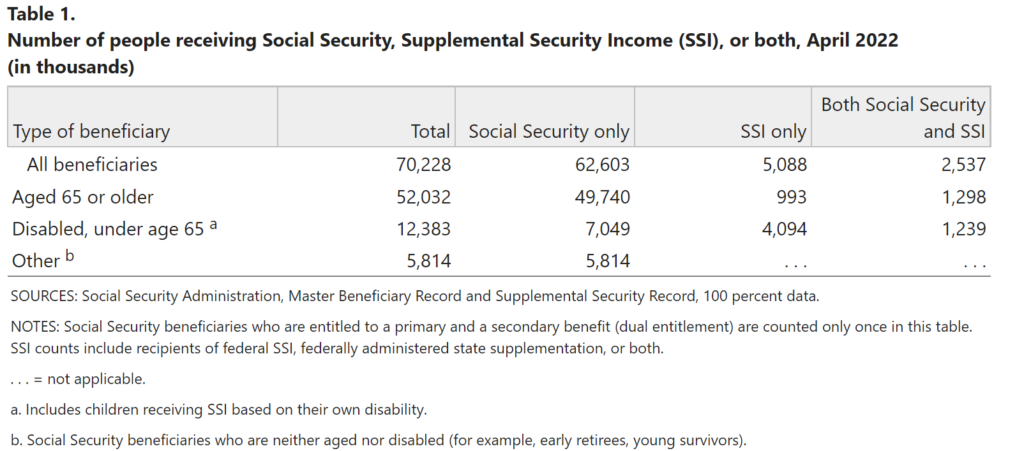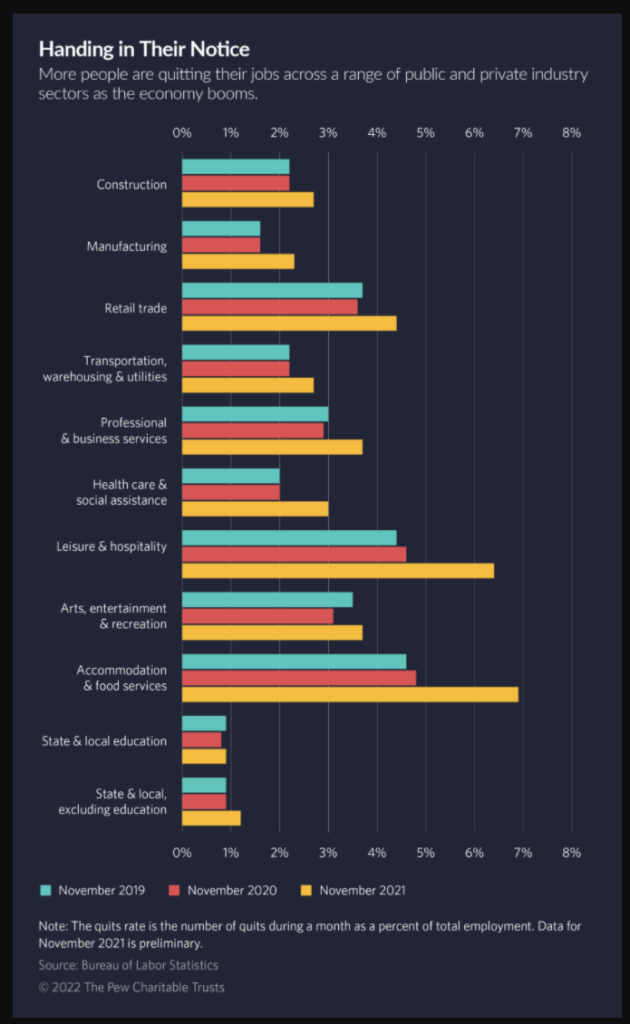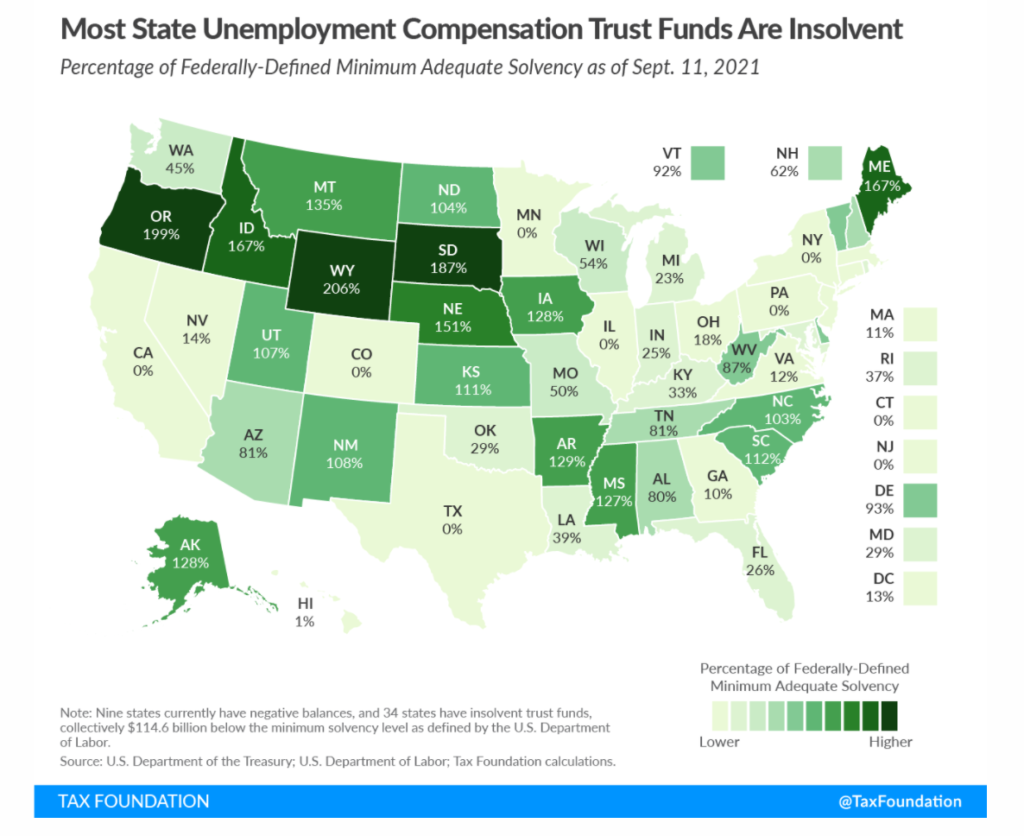Link: https://reason.com/2022/06/08/when-a-tax-break-is-actually-a-tax-penalty/
Excerpt:
When is a tax break actually a tax penalty? When it’s the tax exclusion for employer-sponsored health insurance.
That’s what Michael Cannon, Cato Institute’s director of health policy studies, convincingly argues in his recent paper, End the Tax Exclusion for Employer-Sponsored Health Insurance. His paper is a compact lesson in the ways that some supposed tax breaks can effectively function as tax penalties, not only distorting markets, but invisibly penalizing people for their choices. And it’s a reminder of the ways that seemingly minor, offhanded policy decisions, made with little thought to long-term consequences, can exert a haunting influence long after they are made.
The tax exclusion for employer-sponsored health insurance is exactly what it sounds like: a carve-out for health coverage offered through the workplace.
…..
But he argues that, in practical terms, this tax break actually acts as a stealth penalty on workers who want to make their own health insurance choices. Typically even a generous employer only offers a handful of health plans, and those plans are unlikely to take the exact form an employee would otherwise choose on his or her own. If an employee wants to purchase any other plan, however, he or she would have to do it with money first received—and taxed—as cash compensation. Thanks to taxation, it would be worth a lot less. Thus the tax exclusion acts as a tax penalty on any employee who wants to choose their own health insurance.
Author(s): Peter Suderman
Publication Date: 8 Jun 2022
Publication Site: Reason




